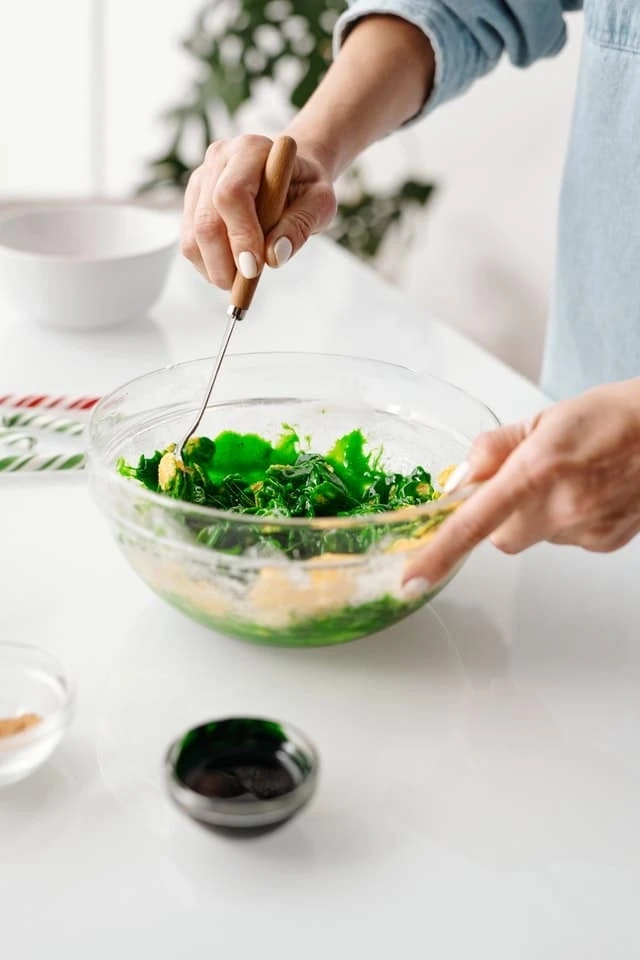For many families, meal prepping has been a lifesaver. Besides saving time, meal prepping helps manage portion sizes, creates better relationships with food, and reduces stress. However, what is the person who does not know how to begin a meal prepping to do?
If you want to eliminate the stress of planning and cooking after a long workday, continue reading. Here, the beginner will discover tips for meal planning for the week that will ensure delicious food and smoother traditions during mealtime.
1: Determine What Is The Best Meal Prep Style For You
There are many styles of meal prep. Creating a schedule is the easiest way to know which style works best for you. Some different meal prep styles include:
- Cooking in large batches and freezing: great for soup, chili, rice, vegetables
- Cooking entire meal ahead of time: for foods that are easy to reheat - spaghetti, casseroles, stews
- Cooking meals and separating into individual portions: such as roasted chicken, rice, and asparagus - 1 serving size per container
- Having ready-to-cook ingredients: dicing peppers & onions ahead for spaghetti sauce, prepping salad ingredients, and making dressing the night before
Step 2: Make A Plan
The quote, “Fail to plan, plan to fail,” is true regarding meal preparation. Without a plan, your meal planning will be chaotic. Therefore, grab a pen and notebook and start planning. Some things to consider and plan for include:
- Write out your menu to determine what ingredients you’ll need
- Write out all meals in your plan - even if you are only prepping dinner
- Write when will you grocery shop
- Write when you will prep
Step 3: Do A Freezer And Pantry Inventory
Once you have your menu for the week, list the ingredients you will need to make each one. If you need recipes, now is the time to get them. Then, with your list in hand, go through your pantry and freezer to check off the ingredients you already have. Ensure you have enough of everything, so you don’t have to make unnecessary grocery store runs. Make a grocery list to include everything else you need to cook for the week.
Remember all the extra items you may need when you plan your grocery list. Fruit for snacks, beverages, seasonings, nuts, oils, teas, and other miscellaneous items.
Step 4: Shop For Supplies
Meal prepping will require additional supplies for storing your prepared foods. Make sure that you have safe storage containers for freezing and reheating. Also, it would be best if you had storage bags of various sizes, clear seal wrap, aluminum foil, mason jars, and other containers for your prepped food.
Step 5: Shop For Food
The saying that shoppers shouldn’t shop for food on an empty stomach is true. Therefore, plan your shopping time for when you have had a meal, so you don’t get tempted to purchase extra. Your shopping trip should also coincide with your store’s delivery of fresh items.
If you find shopping and preparing challenging because family members have different dietary allowances, there is an option for you. For example, if you eat keto while others do not, consider purchasing customized keto meals. Besides having an excellent keto weight loss timeline, according to konsciousketo.com, “you’ll love waking up each day, watching your body transform in the mirror and noticing little differences.”
Step 6: Begin Preparing Your Meals
Based on the meal prep style you picked in step one, you can prep your meals. Remember to work smart, not hard. If you have two recipes for the week that call for rice, make a double-sized portion one time.
Another tip for meal prepping is to have your bowls or storage containers cleaned and ready for use. If you use storage bags, have a pen or marker handy so that the packs can get labeled. It is vital to store food for safety and eat it within the allotted time.
Step 7: Pack And Store
If you are storing food for individual consumption, put enough food for a meal in each container. You also don’t want to overdo it, so be conscious of who you are making the meals. Also, put your menu where everyone can see it, so they know all meal plans.
Conclusion
As you have read, meal prepping has been a lifesaver. It saves time, helps manage portion sizes, and creates better relationships with food and stress. The steps outlined above are perfect for the beginner who doesn’t know much about meal prepping. They ensure delicious food and smoother traditions during mealtime.
0



